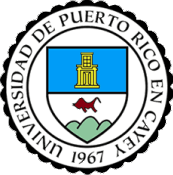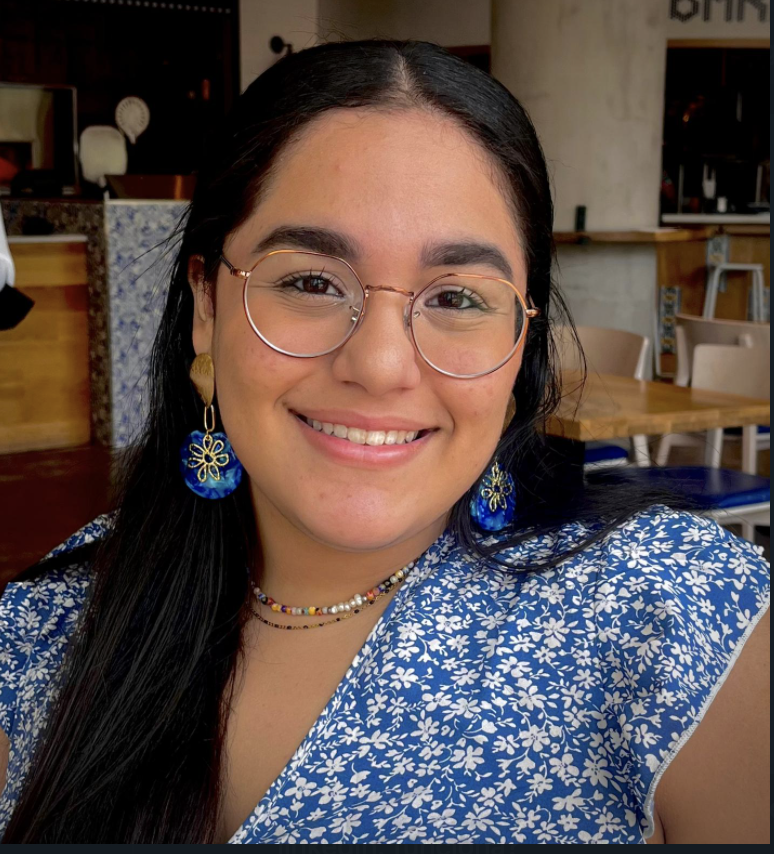Below is a summary of the abstract you submitted. Presenting author(s) is shown in bold.
If any changes need to be made, you can modify the abstract or change the authors.
You can also download a .docx version of this abstract.
If there are any problems, please email Dan at dar78@pitt.edu and he'll take care of them!
This abstract was last modified on March 21, 2023 at 4:25 p.m..

Puerto Rico is a small island in the Caribbean (approximately 100 x 35 miles) that exhibits a rich diversity of ecosystems, such as salt marshes, bioluminescent bays, a karst region, a rainforest, and a dry forest, among others. This makes the island an ideal place to study bacteriophages since these life forms represent one of the most diverse and vast populations in the planet. This diversity is reflected at the microbial level by the different phages isolated from bacterial hosts Mycobacterium smegmatis, Gordonia terrae, and Microbacterium foliorum. Here we report on a genomic comparison of five M. foliorum phages, two from cluster EH (Mabodamaca and Cen1621), two from cluster EA (Juanyo and Zayuliv), and one from cluster EJ (Zanella). We compared their genomes based on synteny, genomic size, GC content, number of open reading frames, and other criteria. As expected, in terms of synteny phages Zayuliv and Juanyo showed a close relationship since they belong to the same cluster, as was the case between Mabodamaca and Cen1621. No synteny was observed amongst phages from different clusters, but genome size and GC content were fairly similar between the five bacteriophages. Based on the results, an evolutionary relationship can be established, but it’s highly probable that they diverged as a response to a rich ecosystem which could explain the similar genomic architectures but diverse compositions.

